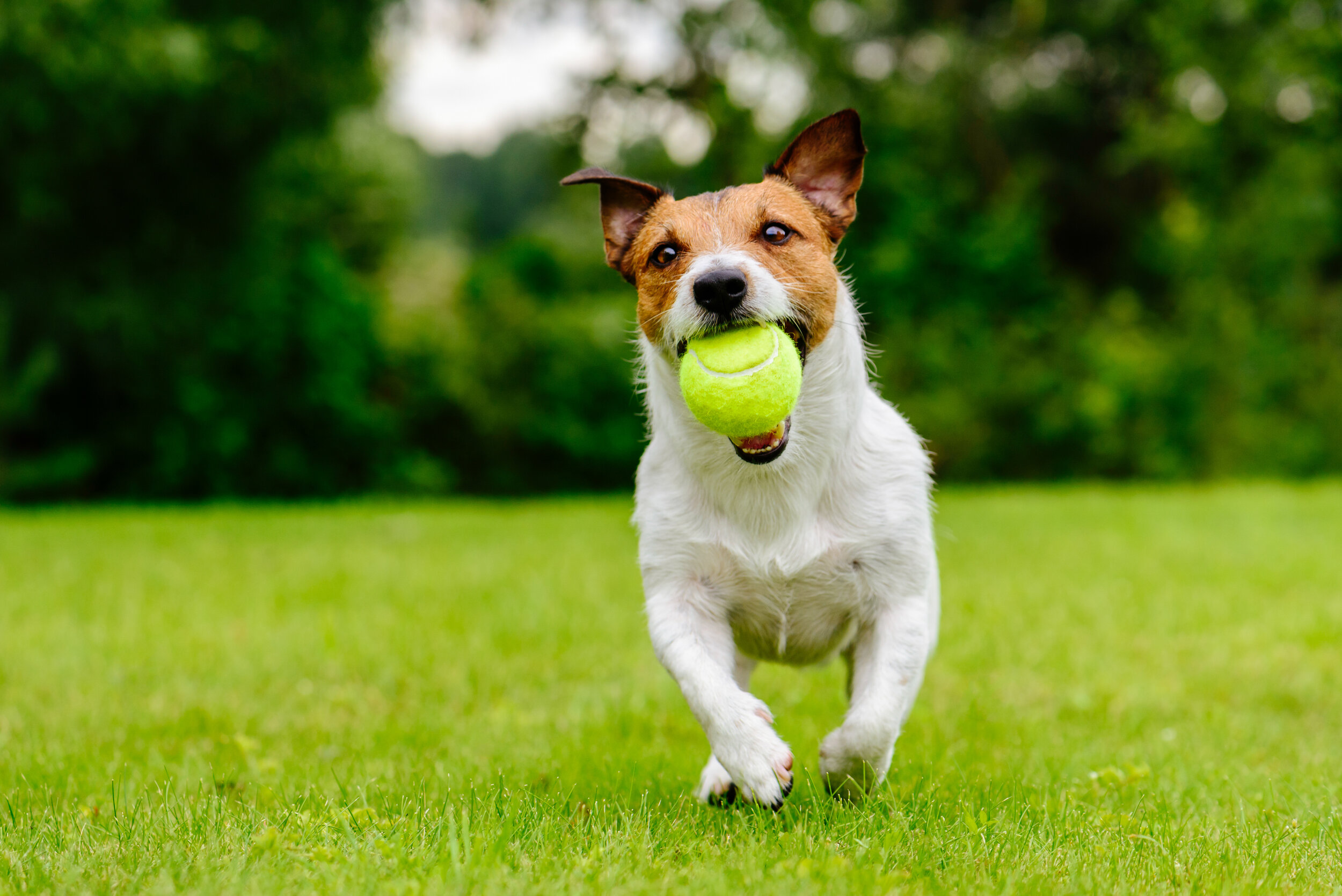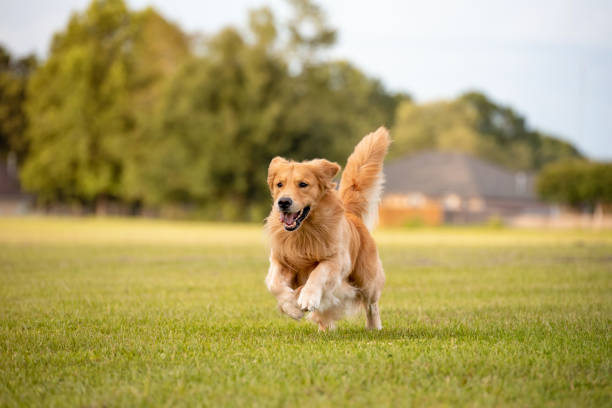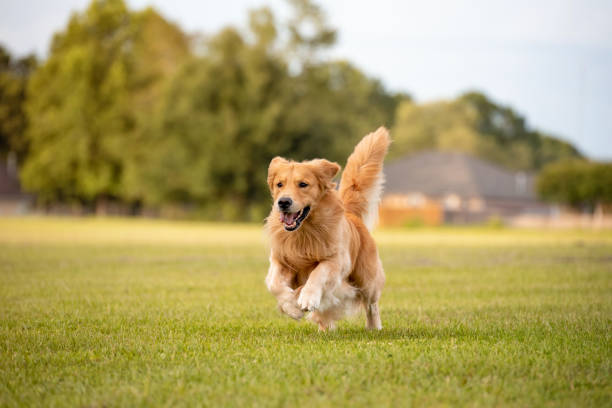Looking to take your dog’s training to the next level? Serious games are revolutionizing the way our four-legged friends learn new skills, making training both effective and enjoyable. These science-backed training techniques combine play with purpose, transforming traditional dog training into an engaging learning experience. By breaking down complex skills into game-like components, you can accelerate your dog’s learning while strengthening your bond. Whether you’re dealing with a playful puppy or an older dog, serious games offer a fresh approach to skill development that keeps your pet mentally stimulated and eager to learn. From problem-solving puzzles to interactive challenges, these games tap into your dog’s natural instincts and learning capabilities. Ready to discover how serious games can transform your dog’s training journey? Let’s explore the exciting world of game-based learning that’s changing the way we teach our canine companions.

Essential Components of Effective Training Games
Setting Clear Learning Objectives
Before diving into any training game with your dog, establishing specific goals is crucial for success. Basic obedience training forms the foundation, but each game should target particular skills or behaviors. Think about what you want your dog to learn – whether it’s impulse control, recall, or problem-solving abilities.
Create a structured plan that outlines the rules of play and desired outcomes. This helps maintain focus during training sessions and makes progress tracking easier. Remember to break down complex skills into smaller, manageable steps that your dog can grasp easily.
Progressive Difficulty Levels
Just like human learning, dog training games should follow a gradual progression from simple to more challenging tasks. Start with basic exercises where success is easily achievable, allowing your dog to build confidence through positive feedback.
As your dog masters each level, slowly introduce new elements or increase the complexity. This might mean adding distractions, extending duration, or combining multiple commands. The key is to maintain a balance – challenging enough to keep your dog engaged but not so difficult that they become frustrated.
Always ensure your dog is comfortable with the current level before moving forward. This steady progression helps maintain motivation and prevents overwhelming your furry friend during training sessions.
Brain-Boosting Game Categories
Problem-Solving Games
Problem-solving games are essential for developing your dog’s cognitive abilities and critical thinking skills. These brain games challenge your furry friend to figure out how to access rewards through various obstacles and puzzles. An interactive dog toy, like a treat-dispensing puzzle, can keep your dog engaged while stimulating their mind.
Start with simple puzzles where your dog needs to move or lift objects to reveal treats. As they master basic challenges, gradually increase the complexity. You can create DIY problem-solving games using household items – try hiding treats under cups or in cardboard boxes with different opening mechanisms.
These games not only provide mental stimulation but also build confidence as your dog learns to overcome challenges independently. Remember to celebrate their successes and offer encouragement during the learning process.

Memory and Recognition Games
Memory games help strengthen your dog’s ability to recall information and recognize patterns. These plenty of fun brain game activities can be as simple as the classic “cup game” where you hide a treat under one of several cups and let your dog find it after mixing them up.
Another effective memory exercise involves teaching your dog to remember the names of their toys. Start by consistently using the same name for each toy during play sessions. Over time, ask them to fetch specific toys by name, gradually increasing the number of toys they need to remember.
Recognition games can include matching similar objects or identifying different scents. These activities tap into your dog’s natural abilities while providing structured learning opportunities. You can create variations of these games to keep them fresh and engaging.
For best results, keep training sessions short and fun. Always end on a positive note, and remember that every dog learns at their own pace. Regular practice with these brain games will help develop sharper cognitive skills and stronger bond between you and your pet.
Creating Custom Training Games
DIY Training Tools
Creating your own training games for your dog doesn’t require expensive equipment or professional expertise. With some creativity and household items, you can design engaging activities that challenge your furry friend’s mind and enhance their skills.
Start with simple items like a plastic storage bowl, which can be transformed into an exciting puzzle feeder. Place treats inside and cover them with tennis balls or small toys. This encourages your dog to problem-solve and use their nose to find rewards.
An interactive nose work mat is another excellent DIY tool you can create at home. Use an old bath mat or piece of fleece fabric, cut strips, and tie them together. Hide treats between the strips to create an engaging sniffing game that taps into your dog’s natural foraging instincts.
Consider joining an own games class to learn more advanced DIY techniques. These classes often teach you how to repurpose everyday items into training tools and provide guidance on creating progressive difficulty levels in your games.
Remember to:
– Use safe, non-toxic materials
– Start with simple designs and gradually increase complexity
– Monitor your dog during play to ensure safety
– Rotate different DIY toys to maintain interest
– Clean all homemade tools regularly
When designing your games, focus on your dog’s natural behaviors and preferences. Some dogs love nose work, while others prefer physical puzzles. Tailor your DIY projects to match their interests for the best results.

